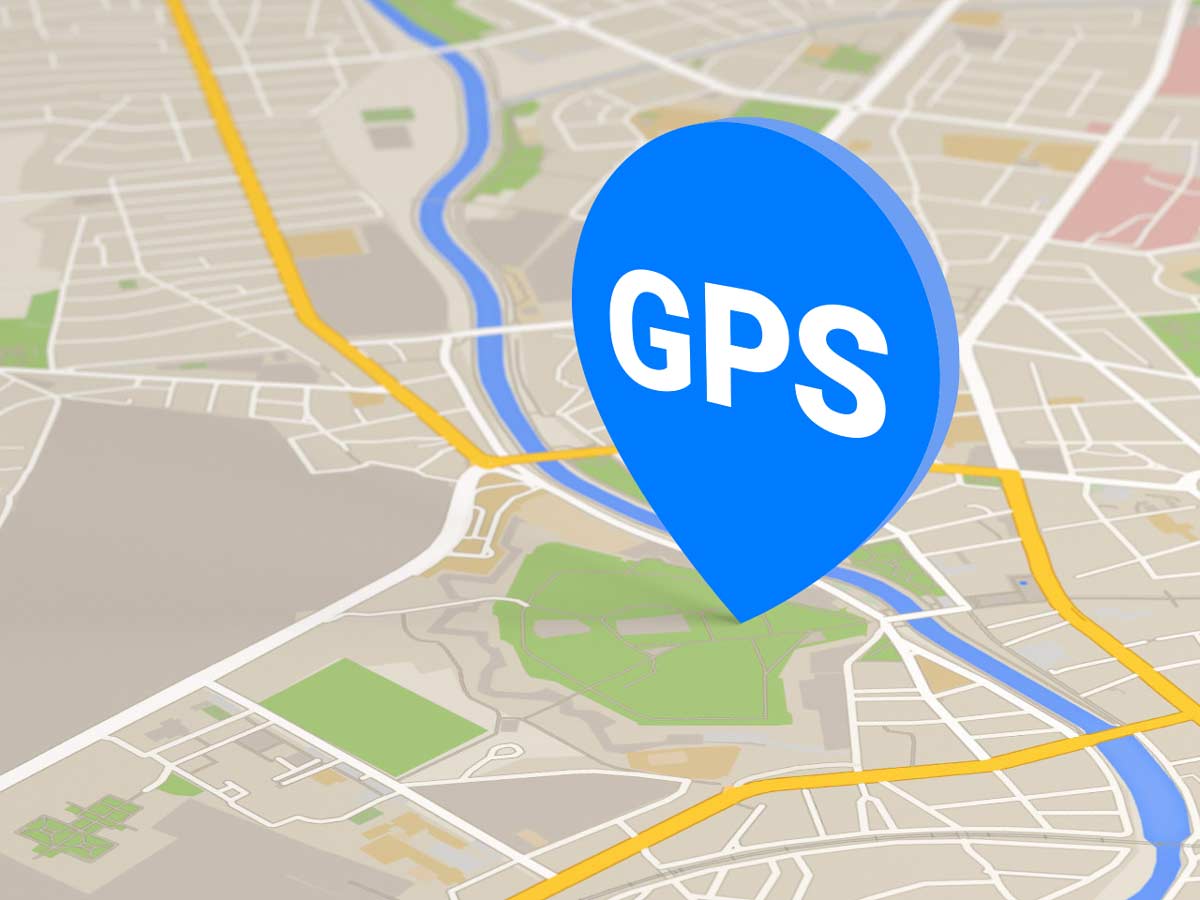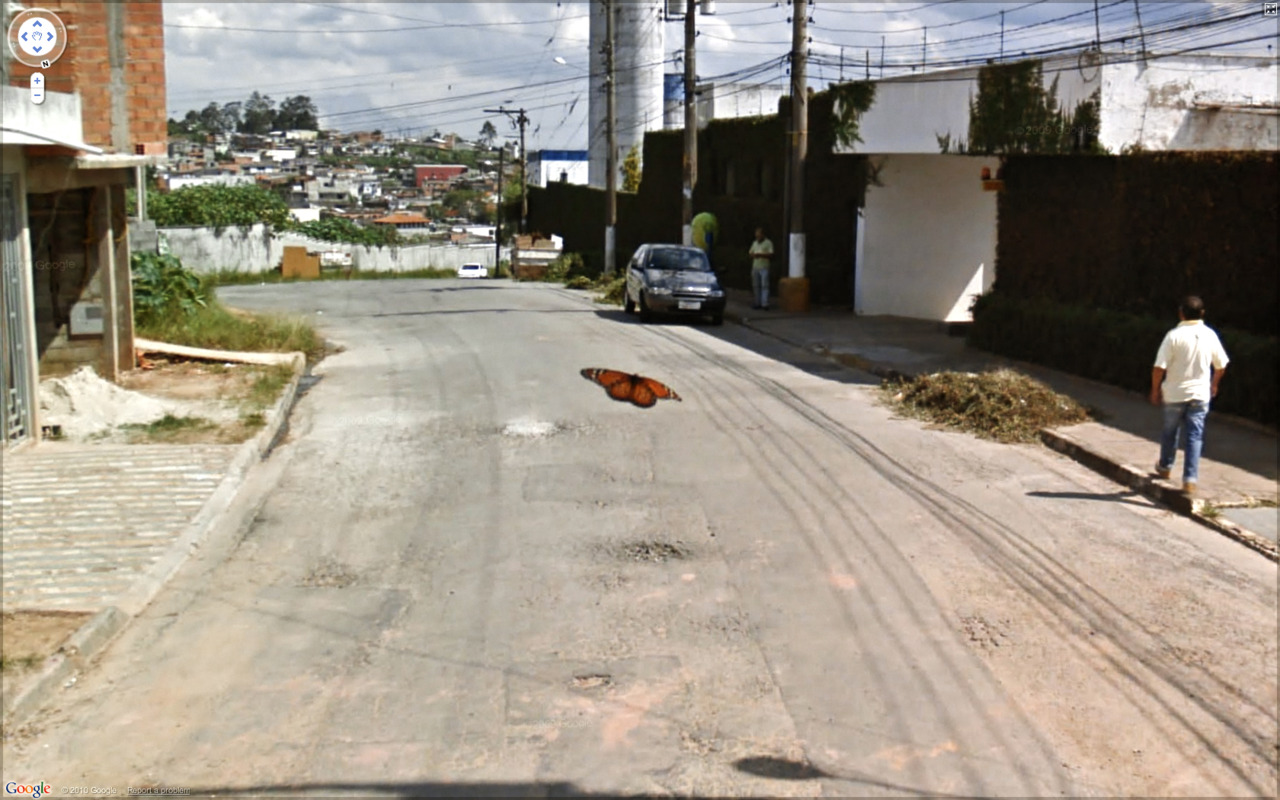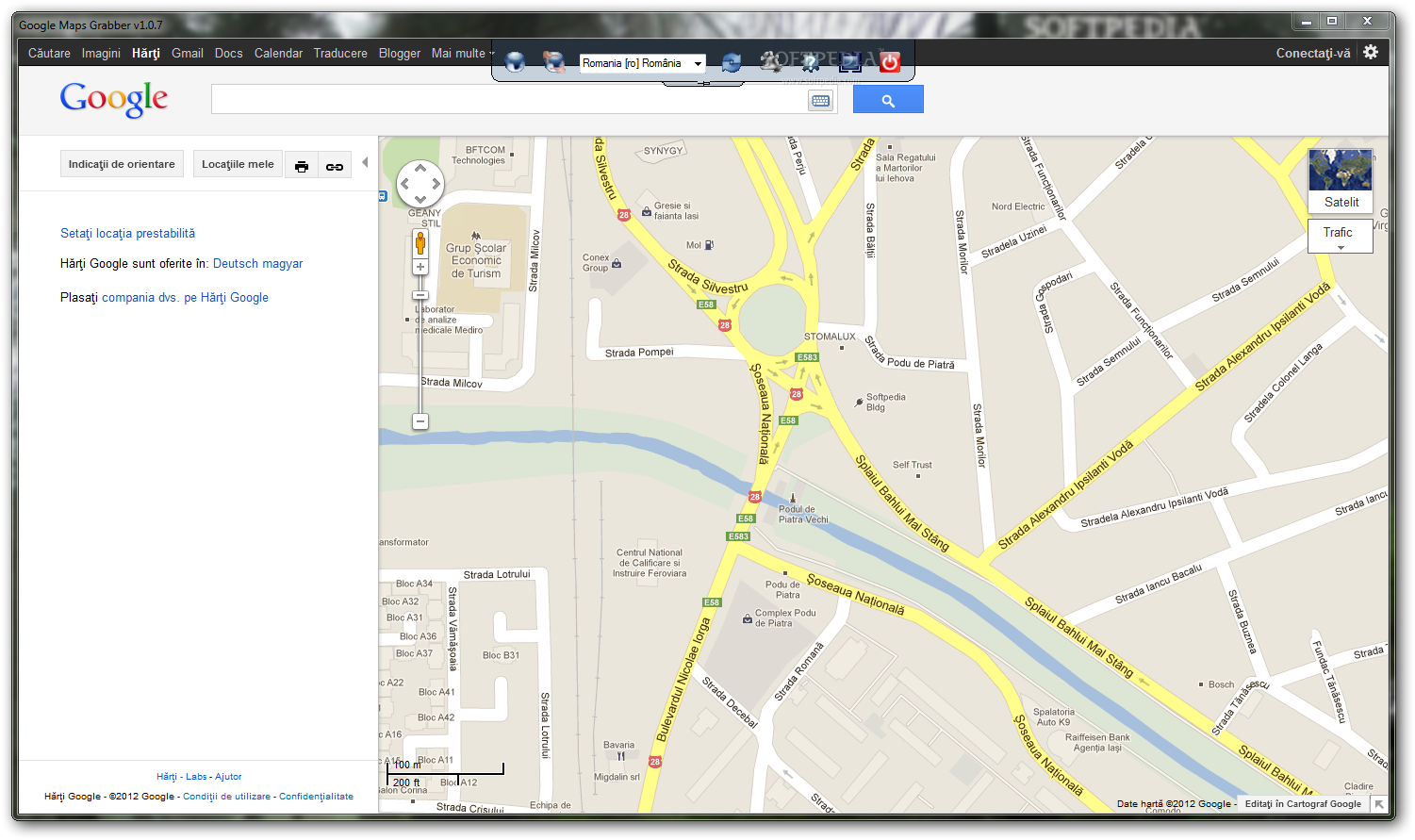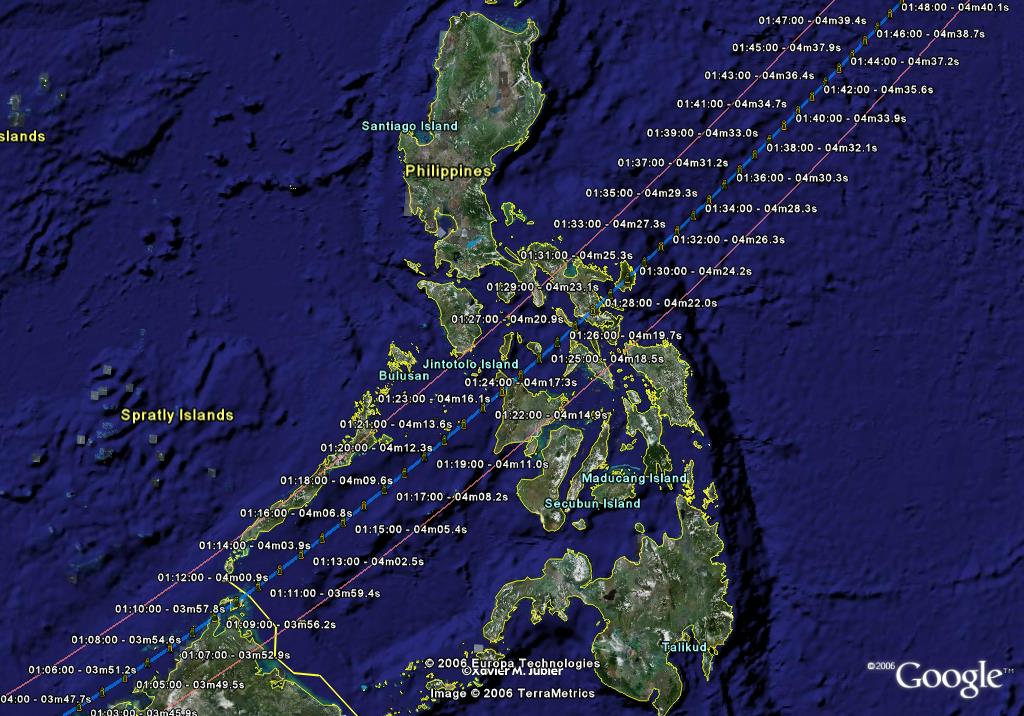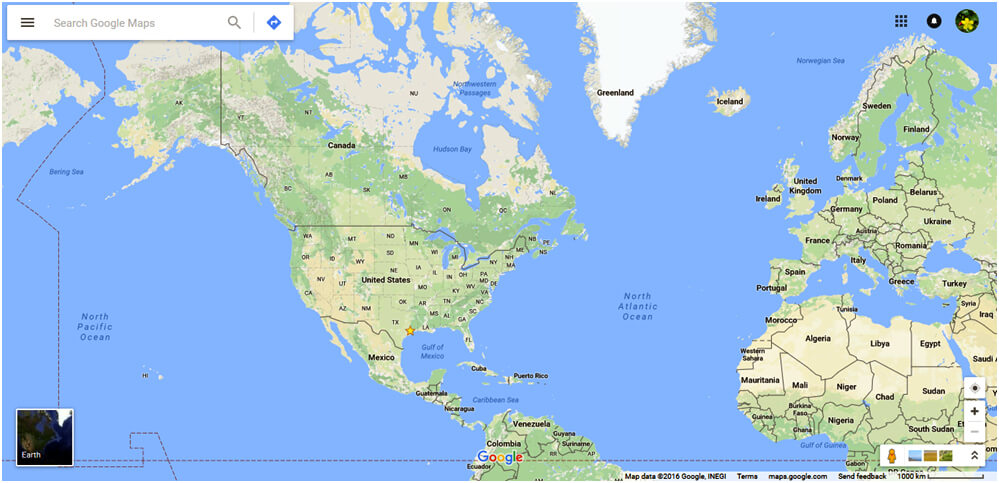The Google Maps apps for iOS and Android have many of the same features, including turn-by-turn navigation, street view, and public transit information. Turn-by-turn navigation was originally announced by Google as a separate beta testing app exclusive to Android 2.0 devices in October 2009. The original standalone iOS version did not support the iPad, but tablet support was added with version 2.0 in July 2013. An update in June 2012 for Android devices added support for offline access to downloaded maps of certain regions, a feature that was eventually released for iOS devices, and made more robust on Android, in May 2014. At the end of 2015 Google Maps announced its new offline functionality, but with various limitations – downloaded area cannot exceed 120,000 square kilometres and require a considerable amount of storage space. In August 2017, Google Maps for Android was updated with new functionality to actively help the user in finding parking lots and garages close to a destination.
In March 2021, Google added a feature in which user can draw missing roads. Google Maps began as a C++ desktop program developed by brothers Lars and Jens Rasmussen at Where 2 Technologies. In October 2004, the company was acquired by Google, which converted it into a web application.
After additional acquisitions of a geospatial data visualization company and a real time traffic analyzer, Google Maps was launched in February 2005. Google Maps offers an API that allows maps to be embedded on third-party websites, and offers a locator for businesses and other organizations in numerous countries around the world. Google Map Maker allowed users to collaboratively expand and update the service's mapping worldwide but was discontinued from March 2017. However, crowdsourced contributions to Google Maps were not discontinued as the company announced those features would be transferred to the Google Local Guides program. Google Maps provides a route planner, allowing users to find available directions through driving, public transportation, walking, or biking.
Google has partnered globally with over 800 public transportation providers to adopt General Transit Feed Specification , making the data available to third parties. The app can indicate users' transit route in an October 2019 update. The incognito mode, eyes-free walking navigation features were released earlier.
Google collates business listings from multiple on-line and off-line sources. Google allows business owners to create and verify their own business data through Google My Business. Owners are encouraged to provide Google with Business information including; address, phone number, business category and photos. Google has staff in India who check and correct listings remotely as well as support businesses with issues.
Google also has teams on the ground in most countries, that validate physical addresses in person. After the business listing has been verified, business owners can further optimize their profile by logging into their Google account and GMB dashboard. In mid August 2020 Google made it more convenient for business owners to edit their business profile directly from search, simply by typing the word My business or their company name. Current statusActiveWritten inC++ (back-end), JavaScript, XML, Ajax Google Maps is a web mapping platform and consumer application offered by Google. It offers satellite imagery, aerial photography, street maps, 360° interactive panoramic views of streets , real-time traffic conditions, and route planning for traveling by foot, car, air and public transportation.
As of 2020, Google Maps was being used by over 1 billion people every month around the world. Google Maps is available as a mobile app for the Android and iOS mobile operating systems. The Android app was first released in September 2008, though the GPS-localization feature had been in testing on cellphones since 2007.
Up until iOS 6, the built-in maps application on the iOS operating system was powered by Google Maps. However, with the announcement of iOS 6 in June 2012, Apple announced that they had created their own Apple Maps mapping service, which officially replaced Google Maps when iOS 6 was released on September 19, 2012. However, at launch, Apple Maps received significant criticism from users due to inaccuracies, errors and bugs. One day later, The Guardian reported that Google was preparing its own Google Maps app, which was released on December 12, 2012.
Within only two days, the application had been downloaded over ten million times. Within China, the State Council mandates that all maps of China use the GCJ-02 coordinate system, which is offset from the WGS-84 system used in most of the world. Google.cn/maps uses the GCJ-02 system for both its street maps and satellite imagery. Google.com/maps also uses GCJ-02 data for the street map, but uses WGS-84 coordinates for satellite imagery, causing the so-called China GPS shift problem. By using the Google Maps API, it is possible to embed Google Maps into an external website, on to which site-specific data can be overlaid. Over 1,000,000 web sites use the Google Maps API, making it the most heavily used web application development API.
In September 2011, Google announced it would deprecate the Google Maps API for Flash. Google Maps now lets you share your current location with people for specific periods of time. If you share your location with a specific contact, they'll see your icon moving in real time on their map. On Android or iOS, tap your profile icon on the top left and select Location sharing. Choose who you want to share with and for how long, and they'll be able to see where you are.
Tweney then provided instructions on how to disable location history. The history tracking was also noticed, and recommended disabled, by editors at CNET and TechCrunch. Additionally, Quartz reported in April 2014 that a "sneaky new privacy change" would have an effect on the majority of iOS users.
Google Latitude was a feature from Google that lets users share their physical locations with other people. This service was based on Google Maps, specifically on mobile devices. Some concerns were expressed about the privacy issues raised by the use of the service. On August 9, 2013, this service was discontinued, and on March 22, 2017, Google incorporated the features from Latitude into the Google Maps app.
Google encourages owners of public facilities to submit floor plans of their buildings in order to add them to the service. Map users can view different floors of a building or subway station by clicking on a level selector that is displayed near any structures which are mapped on multiple levels. Google doesn't rent out its Street View cars, but Android users can now add their pics to the street-level mapping feature. All that's required to start contributing is the latest version of the Street View app on Android and a smartphone withsupport for ARCore.
Once captured, the images can be published via the app and Google's servers will automatically carry out the required rotation and positioning to create a series of connected photos. After that, they will appear on Street View for all to see for the location you captured. Ride-sharing services are a big part of the modern transportation mix, so Google added ride options from companies like Uber and Lyft to its mobile app.
Once you enter your destination, click the icon of the little figure attempting to hail a taxi or the mass transit option. You'll then be presented with nearby rideshare options along with the estimated time and fare. Previously, you could request an Uber inside the Maps app, but Google quietly removed that option a while back. The Google Maps terms and conditions state that usage of material from Google Maps is regulated by Google Terms of Service and some additional restrictions.
Google has either purchased local map data from established companies, or has entered into lease agreements to use copyrighted map data. Russian street maps are leased from Geocentre Consulting and Tele Atlas. Data for North Korea is sourced from the companion project Google Map Maker. My Maps is a feature in Google Maps launched in April 2007 that enables users to create custom maps for personal use or sharing.
Users can add points, lines, shapes, notes and images on top of Google Maps using a WYSIWYG editor. An Android app for My Maps, initially released in March 2013 under the name Google Maps Engine Lite, is also available. Google Maps lets you share some of your favorite places with a friend; just tap the share icon on the location's Google Maps card to send it to them via text, email, or your app of choice. And you can save favorite places by tapping the Save icon; they'll show up in the Saved option in the bar. But if you want to share more than one location, you can create a Pinterest-like list within Google Maps. When you save a favorite place, tap New list to create a new collection (like "Favorite Thai places in Brooklyn") or add it to an existing one.
You'll find them in the Saved tab under Your lists; tap the three-dot menu and then Share list to send a link to friends. If you want to interact with Maps while you're driving, you don't want to actually take your eyes off the road. With "OK Google"voice commandsin the Google Maps Android app, you don't have to. For example, if you notice you're running low on gas, say "OK Google, find gas stations" and it will show gas stations on the map (which you can look at when you've come to a red light or have pulled over). You can also ask for things like "What's my next turn," "what's my ETA," or "How's traffic ahead?" On iOS , you have to tap the microphone icon on the top right, at which point you can ask your questions via voice. To view your user account in Apple Maps, tap on your profile avatar.
You'll see a list of the various options, including any reviews you've left for a business, your favorite locations, any city guides you've created and a Preferences page. When you start using Apple Maps in iOS 15 to get turn-by-turn driving directions, you'll see a brand-new look that will add even more confidence. For example, you'll be able to better identify accidents, traffic jams or construction with a quick glance at your phone's screen as you follow the route. On April 19, 2011, Map Maker was added to the American version of Google Maps, allowing any viewer to edit and add changes to Google Maps.
This provides Google with local map updates almost in real-time instead of waiting for digital map data companies to release more infrequent updates. You can find the attribution in the line shown on the bottom of the content in our mapping products along with copyright notices, such as "Map data ©2019 Google". Note that the exact text of the attribution changes based on geography and content type. You may use Google Earth and Earth Studio content for news broadcasts, television shows, films, documentaries, music videos, and any educational purposes.
You don't need to submit a request, but you must follow all guidelines on this page and in related resources, especially with regard to on-screen attribution. On iOS , tap the little blue location dot within the app when you arrive at a location. In the app, a P icon will appear alongside a note that says "You parked near here." To get rid of it, tap the P and select Clear. When finding directions on the desktop version of Maps, you can maneuver your route to go through or away from specific locations via drag and drop. Just click and drag any part of your direction route to move around (this only works with directions for walking, driving, or biking—it won't work with any mass transit options).
Over 220 countries and territories mapped and hundreds of millions of businesses and places on the map. Get real-time GPS navigation, traffic, and transit info, and find what you need by getting the latest information on businesses, including grocery stores, pharmacies and other important places. For areas where Google used Tele Atlas data, map errors could be reported using Tele Atlas map insight. Users who are logged into a Google Account can save locations so that they are overlaid on the map with various colored "pins" whenever they browse the application. These "Saved places" can be organised into user named lists and shared with other users. One default list "Starred places" also automatically creates a record in another Google product, Google Bookmarks.
Google has stated that the speed and location information it collects to calculate traffic conditions is anonymous. Options available in each phone's settings allow users not to share information about their location with Google Maps. Google stated, "Once you disable or opt out of My Location, Maps will not continue to send radio information back to Google servers to determine your handset's approximate location". On 23 September 2020, Google announced a COVID-19 Layer update for Google maps, which is designed to offer a seven-day average data of the total COVID-19-positive cases per 100,000 people in the area selected on the map. It also features a label indicating the rise and fall in the number of cases. Google Maps' satellite view is a "top-down" or bird's-eye view; most of the high-resolution imagery of cities is aerial photography taken from aircraft flying at 800 to 1,500 feet , while most other imagery is from satellites.
Much of the available satellite imagery is no more than three years old and is updated on a regular basis. Google Maps previously used a variant of the Mercator projection, and therefore could not accurately show areas around the poles. In August 2018, the desktop version of Google Maps was updated to show a 3D globe.
Street View may only be used in television, film, or online video projects if it's filmed directly in the context of an actor or subject using the product as-is in a device such as a laptop or phone. Street View images may not be taken out of context or removed from the software to be used for other purposes. You must submit a request if you'd like to use Street View in your project. Only standard Google Maps imagery may be used for this purpose, since Satellite View imagery falls under the same commercial restrictions as Google Earth. If you'd like to use our content in a digital advertisement, please first review the general guidelines, especially with regard to attribution. Any use of Google Maps in digital advertisements must not significantly alter how the products and imagery would look online.
If you need more integrated uses of our products for commercial use, we have multiple APIs available through Google Maps Platform to help you build and embed custom maps for your website or mobile app. You generally don't need to submit a request to use our mapping products for the purposes covered in these guidelines. As long as you're following our Terms of Service and these guidelines, as well as attributing properly, feel free to move forward with your project.
But do continue to read these guidelines thoroughly to make sure your use is permitted. If your use isn't allowed, we're not able to grant exceptions, so please don't submit a request. Here's a list of some of the parameters that can be passed to maps.google.com. You might want to pass such parameters if you want to get Google Maps to display driving directions, which are not available under the API.
If you're walking around a city, and need a visual aid beyond Peg Man, Google Maps supports augmented reality walking directions in certain locales. This feature layers directional prompts atop Street View imagery to help you know which way to walk or turn. It initially rolled out in 2019 for Pixel phones, and later expanded to other Android phones with ARCore support and iPhones with ARKit support. The area itself needs to have robust Street View support; if it's available, you'll see a "Live View" option at the bottom of your screen when you search for walking directions. Its desktop and mobile apps have become not just a way to get from point A to B via car, public transportation, or on foot. The ubiquitous Google service is also a geospatial search engine for the world around us.
As the user drags the map, the grid squares are downloaded from the server and inserted into the page. When a user searches for a business, the results are downloaded in the background for insertion into the side panel and map; the page is not reloaded. A hidden iframe with form submission is used because it preserves browser history.
Like many other Google web applications, Google Maps uses JavaScript extensively. The site also uses JSON for data transfer rather than XML, for performance reasons. Earth Timelapse, released in April 2021, is a program in which users can see how the earth has been changed in the last 37 years. They combined the 15 million satellite images to create the 35 global cloud-free Images for this program. Google Maps can be manipulated by businesses which are not physically located in the area in which they record a listing.














